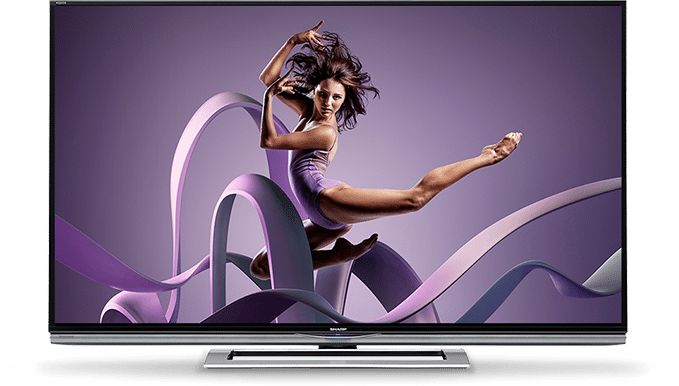
What is 4K? How it came to be? Will it be just a gimmick? A hype? Or will it be a successful era of digital visual technology? Here’s a noteworthy article from E-commerce Times.
Since the start of 2014, the buzz around consumer video technology has centered on 4K Ultra High Definition, or UHD, video. At both the Consumer Electronics Show and the National Association of Broadcasters Show, the exhibit halls were filled with massive screens showing incredibly clear, vibrant video images. As a result, companies throughout the video ecosystem, from TV makers to content producers, are trying to assess the impact of 4K and the pace with which it will roll out into the global marketplace.
The terminology around 4K can be confusing. The term “4K video” is derived from the number of pixels across one horizontal line of resolution. Consumer 1080p high definition video has a 16:9 aspect ratio widescreen resolution of 1,920 pixels by 1,080 pixels, or approximately 2.07 million pixels. In comparison, 4K UHD video has nearly 4,000 pixels per horizontal line in a 16:9 aspect ratio, giving a widescreen resolution of 3,840 x 2,160 pixels, which is approximately 8.3 million pixels overall, making 4K video four times the resolution of 1080p HD. The more pixels in a given resolution, the finer the detail of a picture can be, so 4K UHD video has a sharper appearance than 1080p HD.
The purpose of pushing video content beyond 1080p is more complicated than simply “bigger is better.” Video and film are two different technologies that have attempted to accomplish the same goal since their inceptions — to create a visual representation of live action on a two-dimensional surface. In the past, video and television for the most part have existed on a lower-quality tier than film. The big-screen cinema traditionally has served as the artistic, technological and financial pinnacle of screened audio/visual entertainment, with box office numbers serving as the measuring stick for the value of entertainment companies.
Recently, popular and highly acclaimed episodic programming like House of Cards (Netflix), Breaking Bad (AMC Network) and Game of Thrones (HBO) have given big-screen productions a run for their money in quality and artistic merit. Cinema and video, while still fundamentally different, are moving closer together in quality and scope than they have ever been, and the emergence of higher-quality video such as 4K UHD will provide TV programming producers an improved platform to continue this trend.
Acronym Happy
With penetration of flat-panel televisions exceeding 80 percent in 2013, consumers have familiarized themselves with TV-related terms like “HD” and “LED.” However, most consumers have never heard of “4K” or “UltraHD.” In fact, less than… [Keep reading]
Source: ecommercetimes.com

